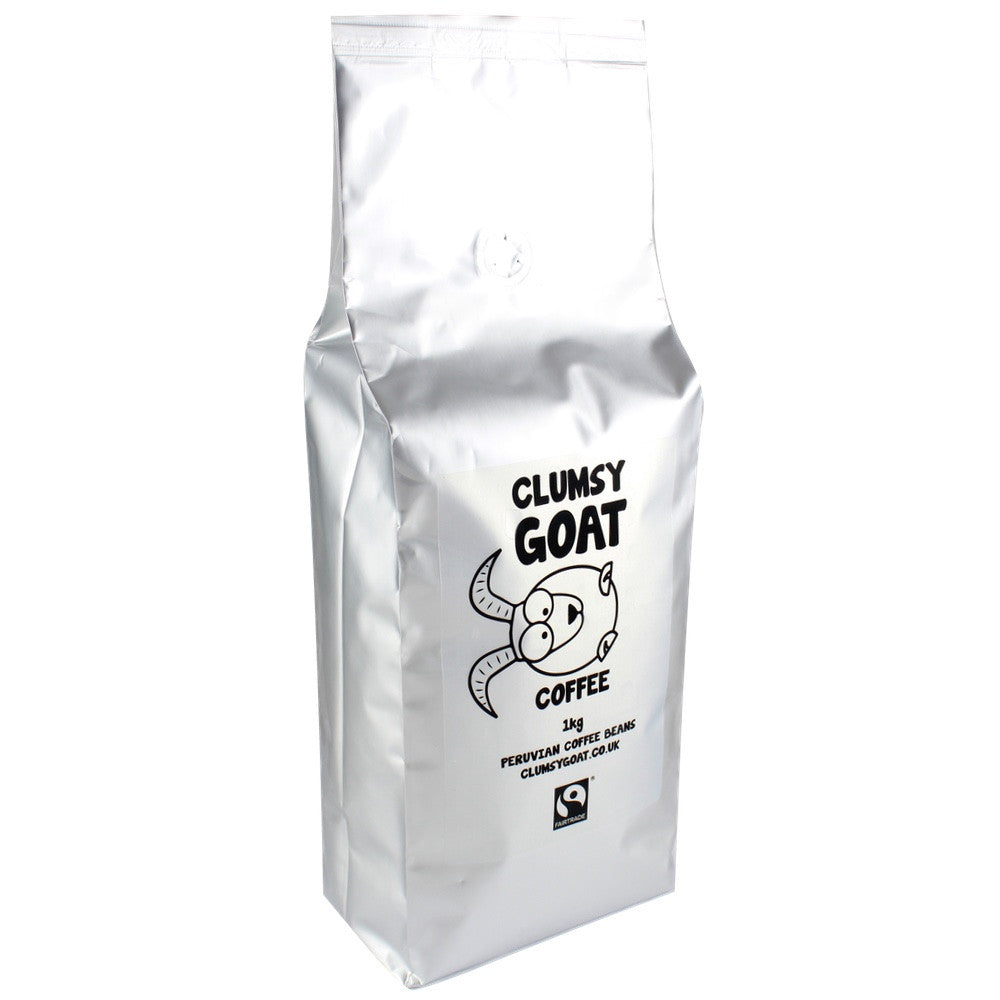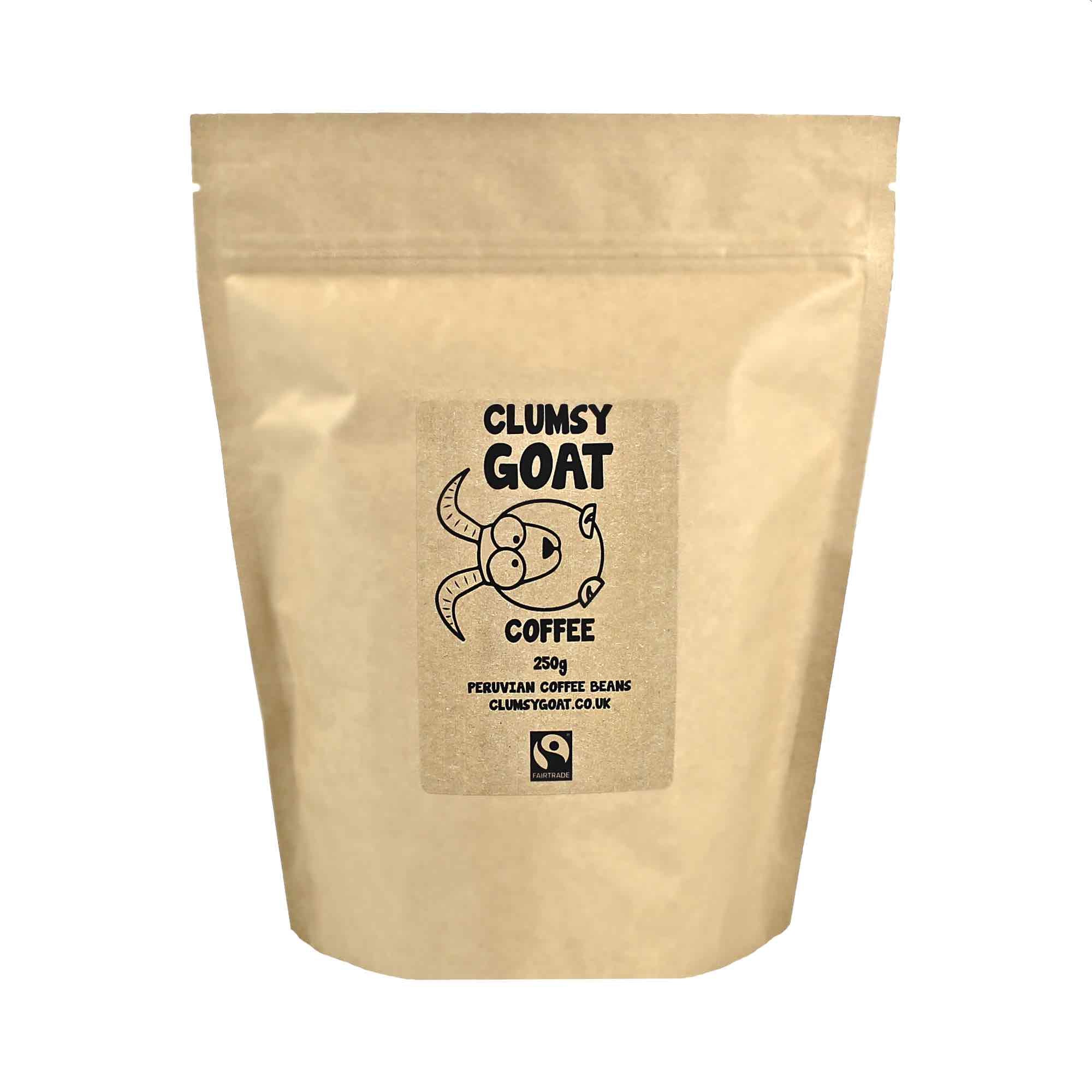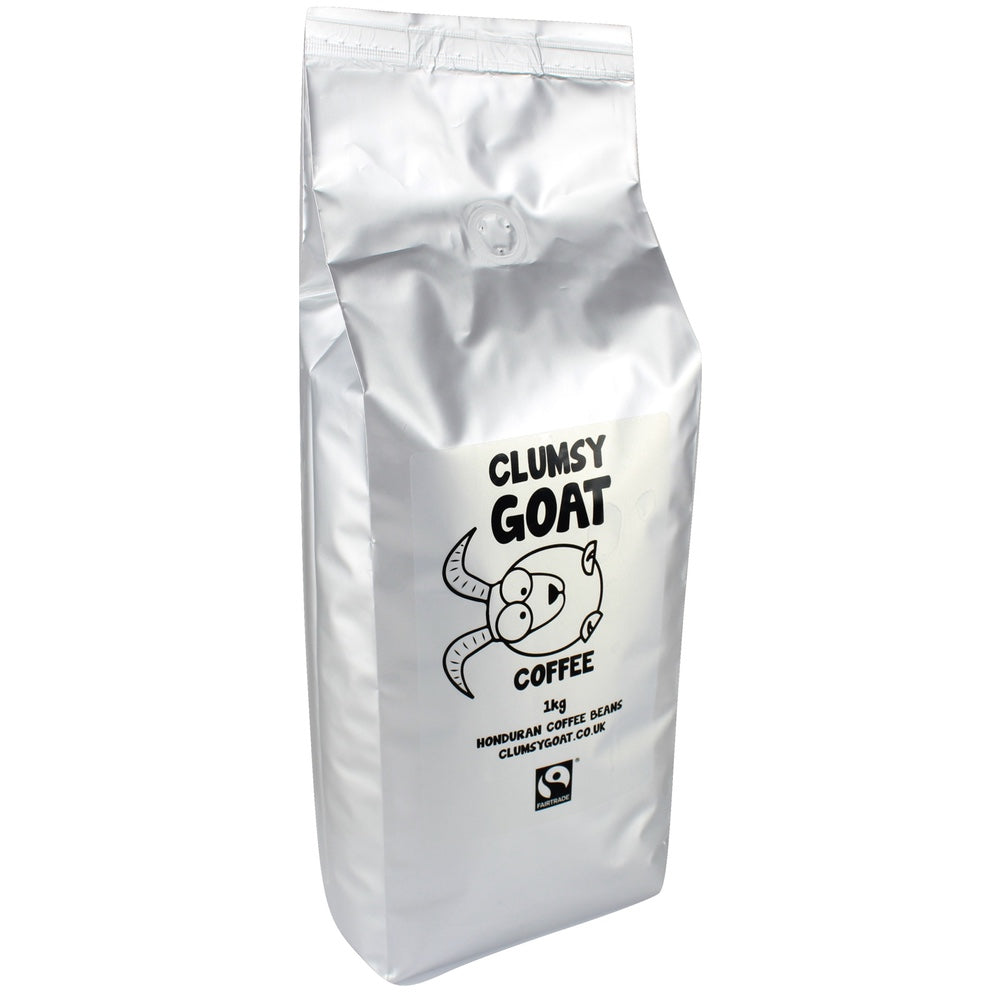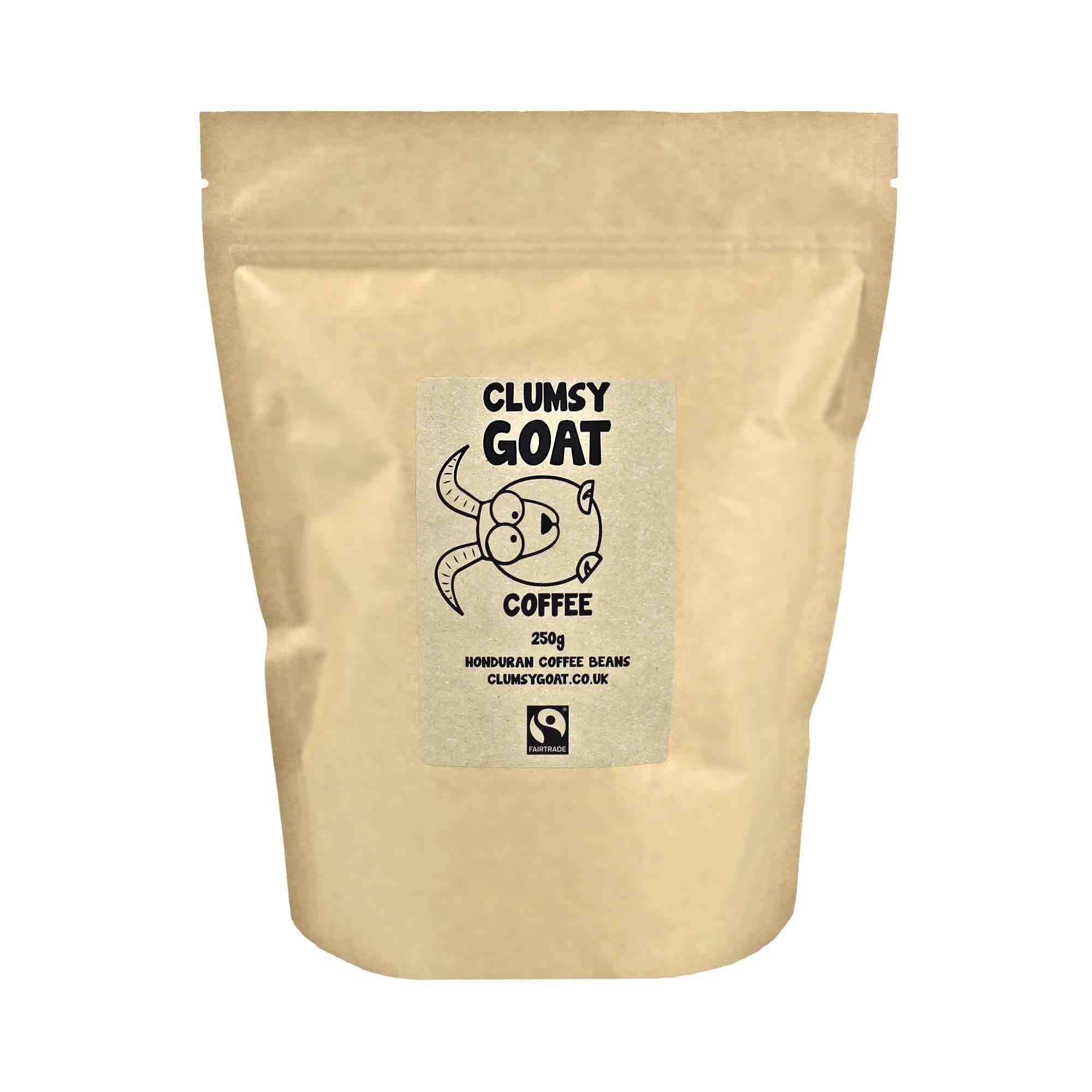Coffee Guides
Here's why coffee beans from Honduras taste so great!
It’s fair to say that say Honduras hasn’t always had the best of luck. Over...
What’s the best coffee to serve in a coffee shop?
I'd imagine you’d be hard-pressed to find anyone who dislikes the idea of owning their...
Our complete guide to basic coffee terms
Have you ever heard of the process known as ‘coffee cupping’? Coffee cupping is the...
Here's why you should try Peruvian single origin coffee beans!
Peru’s first taste of coffee production was in the 1700s. Now, the country is home...
What’s the best way to make coffee? – Our comprehensive brewing guide
Today we’re going to delve into the art of coffee brewing. Hopefully, by taking a closer...












